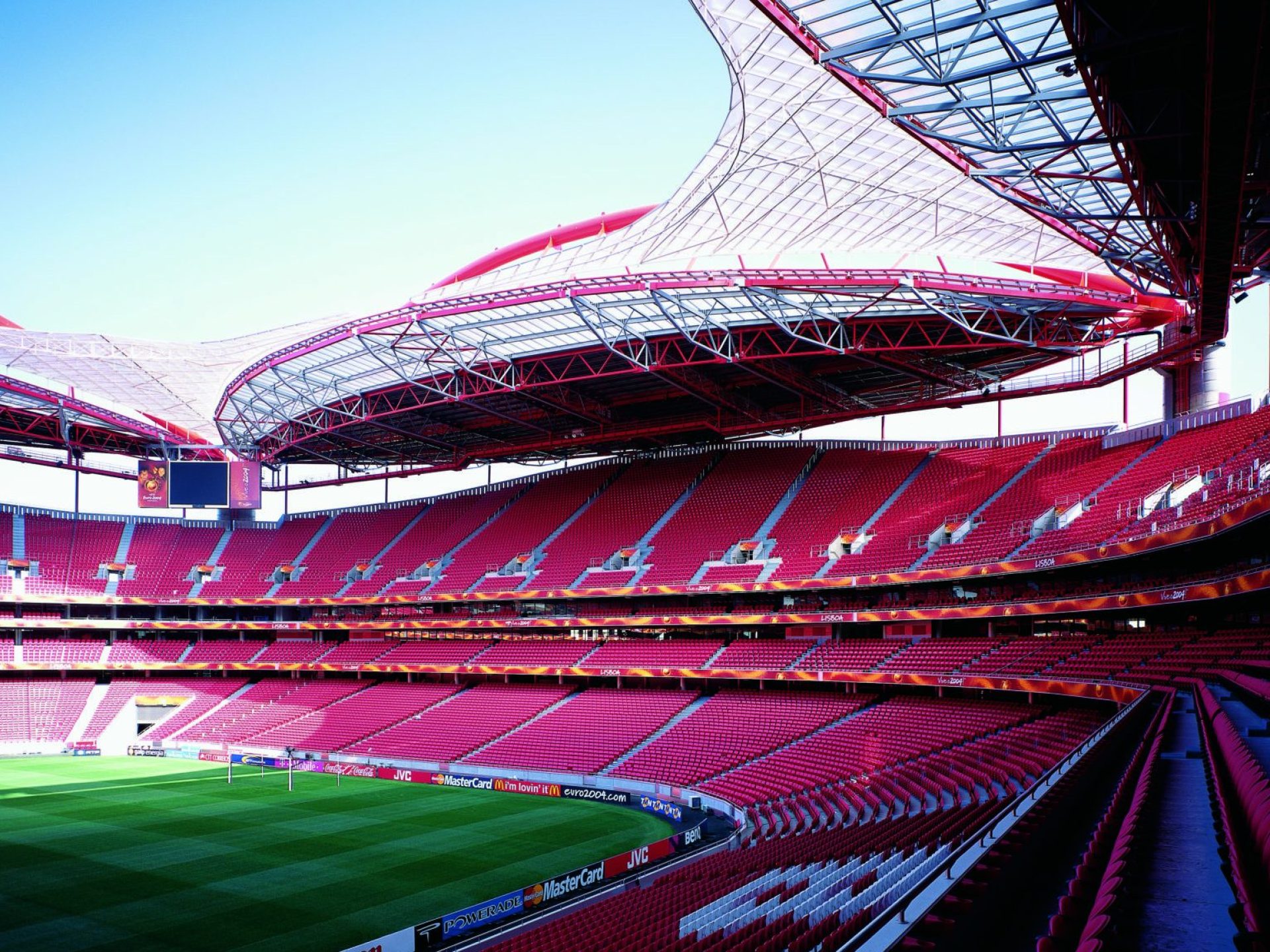March 5, 2019
Trends in Stadium Design and Renovation

Populous has been fortunate to collaborate with leading sports clubs from across Europe on many of the most iconic stadium design projects of the modern era. Our portfolio of work includes Benfica’s 64,642-seat Estádio da Luz stadium; Arsenal’s Emirates Stadium; Aviva Stadium in Dublin; Lyon’s Groupama Stadium; and the new stadium for Tottenham Hotspur Football Club, which we believe will be one of the finest stadiums in the world.
The Tottenham Hotspur Stadium responds to the demands of the modern football fan by delivering an increased variety of offers. These range from informal, pub-style bars and an on-site microbrewery, to unique hospitality spaces such as the Sky Lounge, which provides stunning views of the London skyline from the highest vantage point in the ground. The stadium design also enhances the atmosphere in the seating bowl with the integration of an enormous, 17-500-seat single-tier stand and provisions for ‘safe standing’ areas.
"Whereas traditional sports fans may be content to simply ‘spectate’, new generations of fans demand something more..."
It’s all part of enhancing the matchday experience. Whereas traditional sports fans may be content to simply ‘spectate’, new generations of fans demand something more; a participatory experience that delivers lightning-fast digital connectivity for social sharing, state-of-the-art audio-visual screens that replay action from the game, and a food and drink offering to rival the best restaurants and bars found on the high street. Hence we have seen a growing trend for more frequent stadium upgrades and renovations.
A good example of this is the work we have done for Manchester City Football Club, increasing the capacity of the South Stand at Etihad Stadium and designing an exclusive new Tunnel Club that offers a view of the players making their way to and from the pitch. Arsenal, too, has continued to invest heavily in its stadium. In the 13 years since Emirates Stadium opened, the club has made year-on-year improvements, upgrading the range and quality of hospitality experiences on offer to maximise match day revenues and enhance the venue’s suitability to host conferences and corporate events.
Moving forward, these renovation projects are likely to become increasingly common as clubs seek to continually upgrade, enhance and expand existing stadium facilities rather than rebuild them entirely. With the wide range of expertise within our practice — spanning architecture, interior design, wayfinding and brand activation — Populous is well positioned to respond to the changing needs of clubs in this specialised field of work.
Originally published on essmasummit.eu
Lorem ipsum dolor sit amet consectetur, adipisicing elit. Non facere corporis et expedita sit nam amet aut necessitatibus at dolore enim quis impedit eius libero, harum tempore laboriosam dolor cumque.
Lorem, ipsum dolor sit amet consectetur adipisicing elit. Illo temporibus vero veritatis eveniet, placeat dolorem sunt at provident tenetur omnis, dicta exercitationem. Expedita quod aspernatur molestias eum? Totam, incidunt quos.
